 This mesmerizing and unique gem from Sublime Frequencies documents some killer field recordings made by Hisham Mayet in the Upper West region of Ghana back in 2019. I knew absolutely nothing about gyril music before hearing this album, but the most salient detail is that the primary instrument is a traditional xylophone used by the Lobi people. That does not even remotely convey how strange and wonderful these recordings are, but SF's description includes phrases like "long form trance music" and "acoustic techno," and those seem to hit the mark in spirit. To me, this album sounds like a ritualistic drum circle, but way more sophisticated, melodic, and psych-damaged than anything I would expect from actual communal percussion. As with a lot of field-recorded Sublime Frequency fare, it is very easy to dismiss this album as just an interesting window into an underheard culture from a cursory or casual listen. Once I listened to Dagara in a focused way, however, it quickly revealed itself to be something quite transcendent, as it seamlessly merges the otherness of great "experimental" music with an almost ecstatic visceral intensity.
This mesmerizing and unique gem from Sublime Frequencies documents some killer field recordings made by Hisham Mayet in the Upper West region of Ghana back in 2019. I knew absolutely nothing about gyril music before hearing this album, but the most salient detail is that the primary instrument is a traditional xylophone used by the Lobi people. That does not even remotely convey how strange and wonderful these recordings are, but SF's description includes phrases like "long form trance music" and "acoustic techno," and those seem to hit the mark in spirit. To me, this album sounds like a ritualistic drum circle, but way more sophisticated, melodic, and psych-damaged than anything I would expect from actual communal percussion. As with a lot of field-recorded Sublime Frequency fare, it is very easy to dismiss this album as just an interesting window into an underheard culture from a cursory or casual listen. Once I listened to Dagara in a focused way, however, it quickly revealed itself to be something quite transcendent, as it seamlessly merges the otherness of great "experimental" music with an almost ecstatic visceral intensity.
This album is ostensibly composed of two separate pieces that each span one side of vinyl, but the digital version is presented as a single 40-minute track, and the latter is exactly what it feels like. You can drop the needle anywhere on Dagara and roughly expect to get the same thing every time: vibrant percussion rhythms and unusual-sounding, interwoven xylophone melodies. That is primarily because no one piece of the puzzle stands out as particularly brilliant or memorable on its own. That said, the insanely complex web of overlapping rhythms and processed-sounding textures is legitimately amazing. And so is the way that the piece subtly and organically transforms like a dense cloud of migrating birds effortless shifting direction in perfect unison. It all cumulatively amounts to something psychedelic as hell, leading me to both envy whatever wavelength these cats are on AND marvel at how they managed to get there in perfect harmony. This is total hive mind, wheels-within-wheels territory in the best way. Beyond that, I would describe the overall aesthetic as "a tropical steel drum band went to India to study classical raga and Eastern spirituality and returned home completely unrecognizable and waaaaaay into psychedelics." That is a compliment (I would totally listen to such a band), but it also feels like that hypothetical band was then grist for a killer sound collage by a great tape artist. While I assume this was recorded entirely live, the smearing, deep vibraphone-like tones and the stammering, hesitating melodies sound alien and hallucinatory, similar to a serendipitous pile-up of unrelated loops locking gloriously in sync. There is much happening and all of it is interesting. In fact, I would be truly hard pressed to think of a "complex polyrhythm" opus from the 20th century avant-garde that could beat this ensemble at that game. Albums like this are exactly why I love Sublime Frequencies, as Dagara is a richly immersive tour de force of constantly shifting, interwoven patterns.
Samples can be found here.



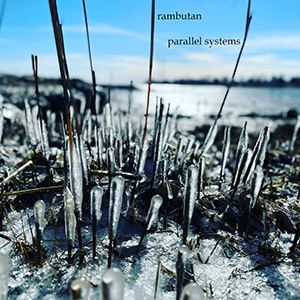 As his primary (and solo) project, Albany’s Eric Hardiman's Rambutan is always in flux. Some of his many other projects are a bit more predictable: Sky Furrows is 1980s indie noise rock inspired, Spiral Wave Nomads is more free improvisation, etc., but Rambutan has always been something different. Sometimes the work is harsher, other times more subdued and atmospheric, and instrumentation can very significantly from release to release. For this more conceptually album, there is even less predictability. Featuring 69 contributing artists across 33 pieces and over two and a half hours in length, it is fully encompassing of Hardiman’s body of work, solo and in collaboration with others, and reiterates what a multifaceted and gifted artist and performer he is.
As his primary (and solo) project, Albany’s Eric Hardiman's Rambutan is always in flux. Some of his many other projects are a bit more predictable: Sky Furrows is 1980s indie noise rock inspired, Spiral Wave Nomads is more free improvisation, etc., but Rambutan has always been something different. Sometimes the work is harsher, other times more subdued and atmospheric, and instrumentation can very significantly from release to release. For this more conceptually album, there is even less predictability. Featuring 69 contributing artists across 33 pieces and over two and a half hours in length, it is fully encompassing of Hardiman’s body of work, solo and in collaboration with others, and reiterates what a multifaceted and gifted artist and performer he is.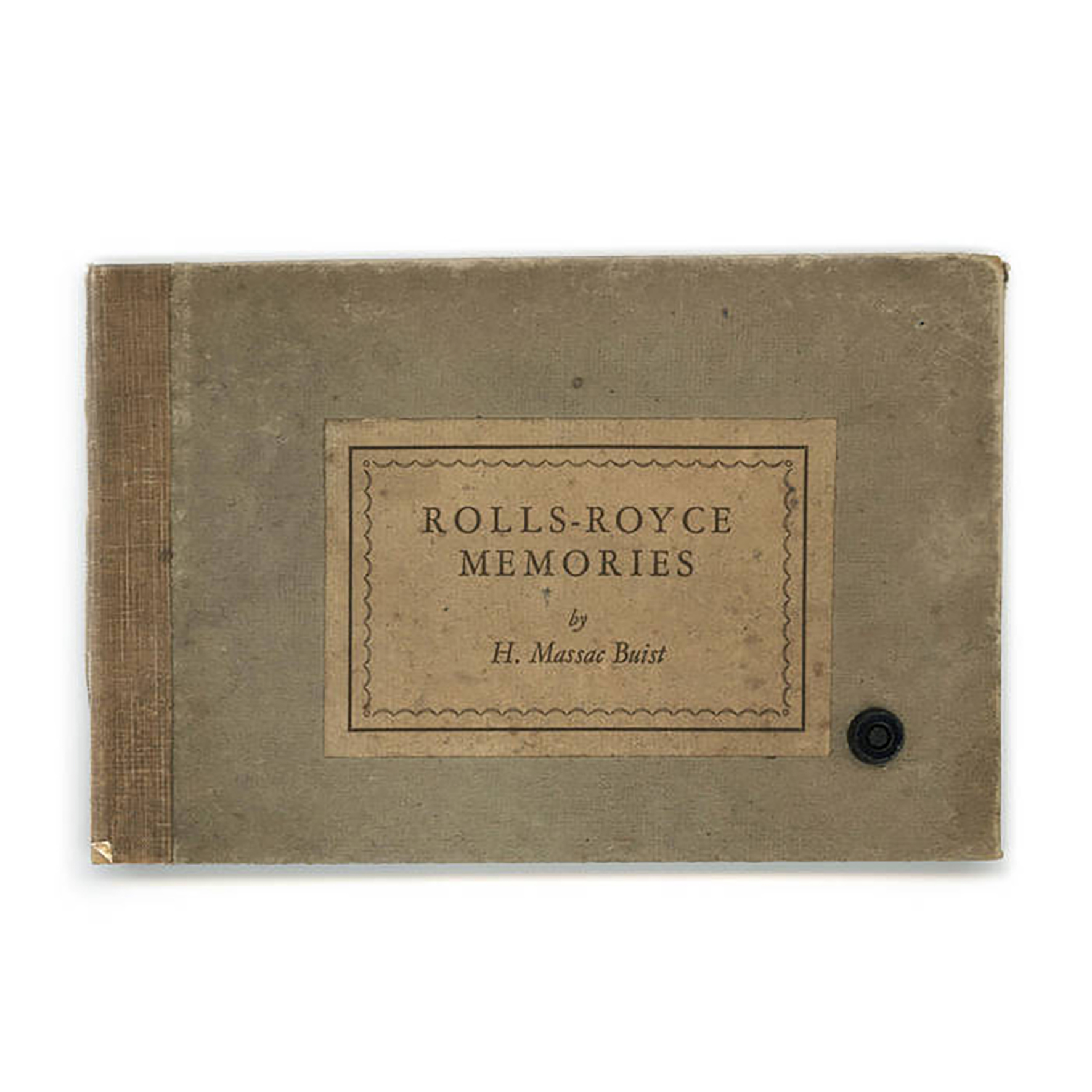 It admittedly took me a while to finally connect all the dots in my head, but it dawned on me recently that The Boats were kind of the Throbbing Gristle of a hard-to-define strain of ambient-adjacent bittersweet melancholia. My case: both Andrew Hargreaves and/or Craig Tattersall have been consistently involved in a host of varied and wonderful projects for more than two decades now (Hood, The Remote Viewer, Tape Loop Orchestra, etc.). The tape loop-focused The Humble Bee is Tattersall's most prolific and consistent endeavor; he has been releasing solo work and collaborations under that moniker since 2009. In fact, this album was the project's debut, but I only recently heard it for the first time, as its initial release was a limited CDr in a handmade case made from repurposed book covers (pictured). Last month, it got a well-deserved reissue on vinyl from the endearingly eccentric Astral Industries with VERY different cover art and it sold out instantly. That gives me hope for humanity, as this incredibly beautiful and absolutely sublime release deserves as much exposure as it can get. A Miscellany for the Quiet Hours is a stone-cold classic.
It admittedly took me a while to finally connect all the dots in my head, but it dawned on me recently that The Boats were kind of the Throbbing Gristle of a hard-to-define strain of ambient-adjacent bittersweet melancholia. My case: both Andrew Hargreaves and/or Craig Tattersall have been consistently involved in a host of varied and wonderful projects for more than two decades now (Hood, The Remote Viewer, Tape Loop Orchestra, etc.). The tape loop-focused The Humble Bee is Tattersall's most prolific and consistent endeavor; he has been releasing solo work and collaborations under that moniker since 2009. In fact, this album was the project's debut, but I only recently heard it for the first time, as its initial release was a limited CDr in a handmade case made from repurposed book covers (pictured). Last month, it got a well-deserved reissue on vinyl from the endearingly eccentric Astral Industries with VERY different cover art and it sold out instantly. That gives me hope for humanity, as this incredibly beautiful and absolutely sublime release deserves as much exposure as it can get. A Miscellany for the Quiet Hours is a stone-cold classic.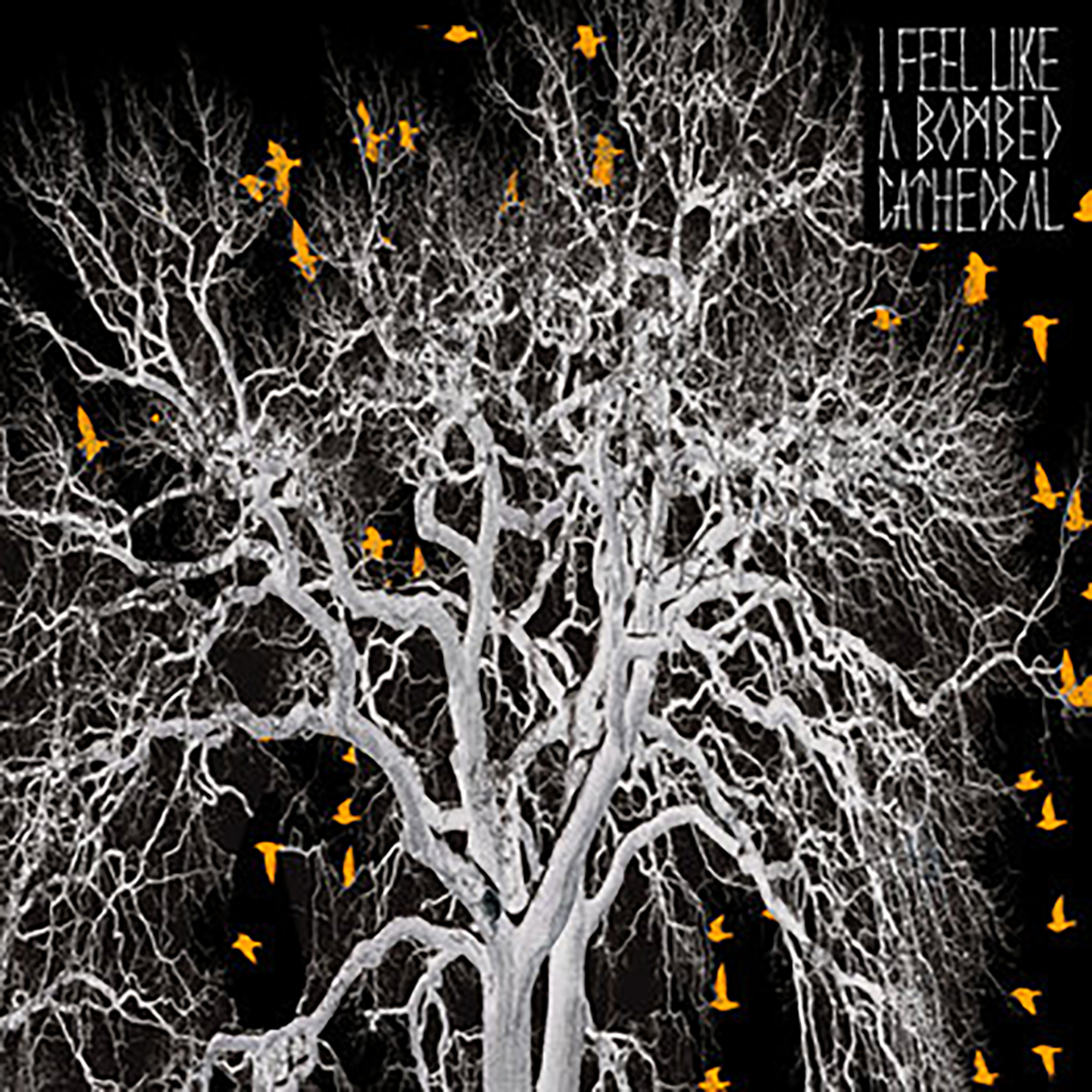 This solo drone project from Ulan Bator's Amaury Cambuzat has been one of my favorite discoveries of the last few years, as both AmOrtH and W featured moments that induced me to proclaim that Cambuzat was "a goddamn drone shaman." This latest album was a bit of a surprise, however, as Cambuzat casually made it available as a digital-only release on his Bandcamp page with just a simple description of "This is the very first recording of I Feel Like a Bombed Cathedral." Apparently, the recordings date from early 2018 and I am amazed that Cambuzat did not feel inclined to make them public until now, as a handful of these pieces are absolute gems that rank among the project’s finest work. A few of the other ones admittedly feel like a searching, partially formed vision of the greatness to come, but γένεσις is much, much better than its humble "vault clearing" origins suggest. I would not have been at all disappointed if this was a proper new Bombed Cathedral release, as the album is absolutely teaming with beautifully warped guitar sounds and immersive layers of richly textured psychedelia. In fact, γένεσις only heightens my expectations for whatever Cambuzat might be working on now, as no sane person would keep music this great on the shelf for three years unless they had something even better in the pipeline.
This solo drone project from Ulan Bator's Amaury Cambuzat has been one of my favorite discoveries of the last few years, as both AmOrtH and W featured moments that induced me to proclaim that Cambuzat was "a goddamn drone shaman." This latest album was a bit of a surprise, however, as Cambuzat casually made it available as a digital-only release on his Bandcamp page with just a simple description of "This is the very first recording of I Feel Like a Bombed Cathedral." Apparently, the recordings date from early 2018 and I am amazed that Cambuzat did not feel inclined to make them public until now, as a handful of these pieces are absolute gems that rank among the project’s finest work. A few of the other ones admittedly feel like a searching, partially formed vision of the greatness to come, but γένεσις is much, much better than its humble "vault clearing" origins suggest. I would not have been at all disappointed if this was a proper new Bombed Cathedral release, as the album is absolutely teaming with beautifully warped guitar sounds and immersive layers of richly textured psychedelia. In fact, γένεσις only heightens my expectations for whatever Cambuzat might be working on now, as no sane person would keep music this great on the shelf for three years unless they had something even better in the pipeline. Back in 2016, noise/sound art legend Joe Colley returned from a lengthy hiatus to release the solid No Way In on Jason Lescalleet's Glistening Examples, but he has been extremely quiet ever since, surfacing only to release a tape of a durational live performance last year. Happily, he is back again with another major statement and it is quite a monster. It is also unusually accessible at times, as Trance Tapes lives up to its name beautifully (though those trances inevitably curdle into nightmare territory). In some ways, this album resembles a classic noise tape on the more "industrial" side of the spectrum, as each of the four pieces is built from a foundation of relentless, obsessively repeating "machine-noise" to varying degrees. That is merely the starting point, however, as each piece rapidly blossoms into a vividly psychotropic mindbomb of viscerally buzzing frequencies and hypnotically repeating chirps, bleeps, throbs, and looping drones. I suspect many serious noise fans would roll their eyes or spit out their drink in disbelief if I had the temerity to proclaim this a career highlight, so I will refrain from doing that. However, it is extremely difficult to imagine a Joe Colley or Crawl Unit album in which he was able to realize his vision with more clarity and focus than he does with this near-perfect tour de force.
Back in 2016, noise/sound art legend Joe Colley returned from a lengthy hiatus to release the solid No Way In on Jason Lescalleet's Glistening Examples, but he has been extremely quiet ever since, surfacing only to release a tape of a durational live performance last year. Happily, he is back again with another major statement and it is quite a monster. It is also unusually accessible at times, as Trance Tapes lives up to its name beautifully (though those trances inevitably curdle into nightmare territory). In some ways, this album resembles a classic noise tape on the more "industrial" side of the spectrum, as each of the four pieces is built from a foundation of relentless, obsessively repeating "machine-noise" to varying degrees. That is merely the starting point, however, as each piece rapidly blossoms into a vividly psychotropic mindbomb of viscerally buzzing frequencies and hypnotically repeating chirps, bleeps, throbs, and looping drones. I suspect many serious noise fans would roll their eyes or spit out their drink in disbelief if I had the temerity to proclaim this a career highlight, so I will refrain from doing that. However, it is extremely difficult to imagine a Joe Colley or Crawl Unit album in which he was able to realize his vision with more clarity and focus than he does with this near-perfect tour de force.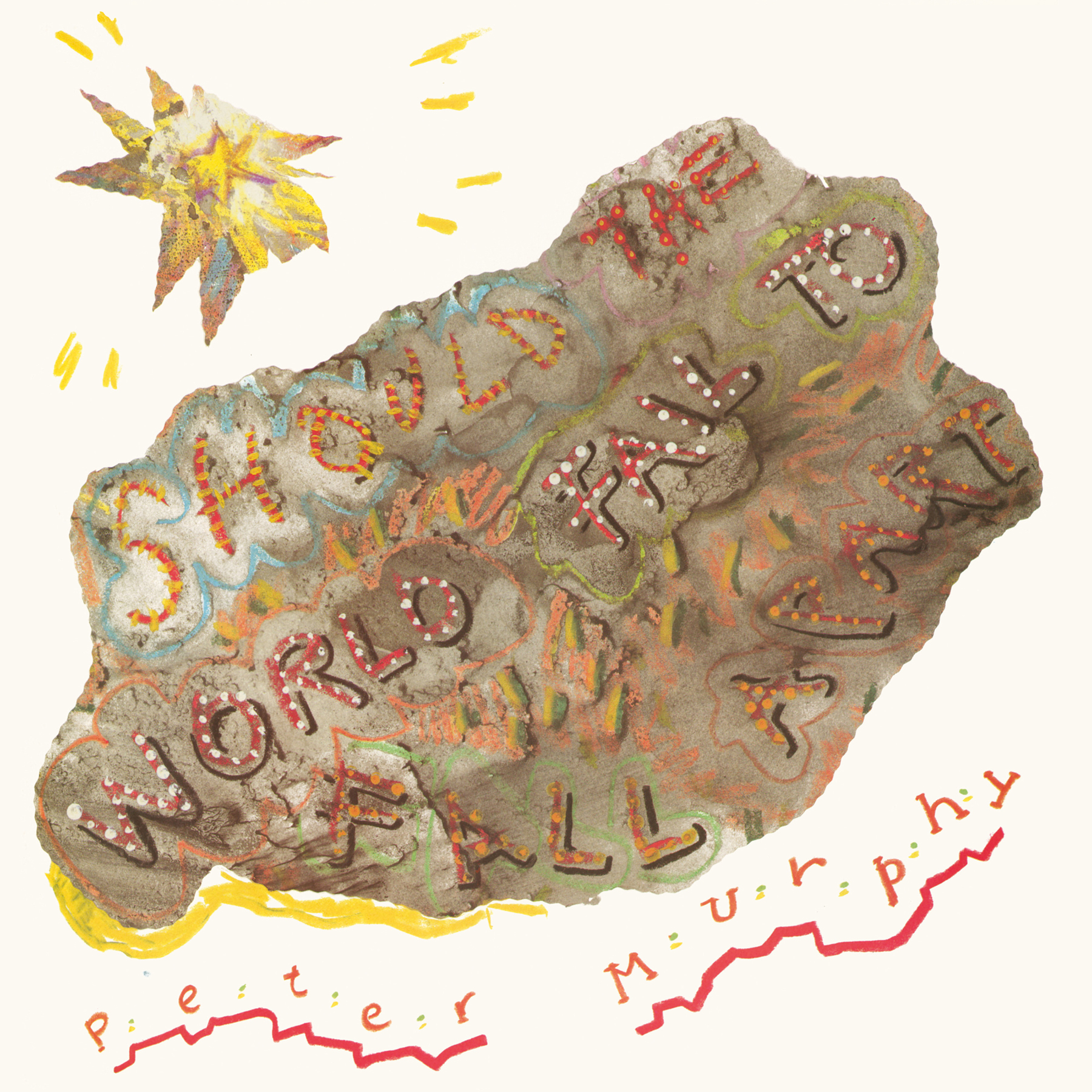 Should the World Fail to Fall Apart finds Murphy not entirely moving away from the entanglements of his former group, elaborating on the musical styles explored in Dalis Car. The musical stylings of his debut were problematic for me on its original release, enamored as I was of Bauhaus. Still, over the years, it has grown to become one of my personal favorites of his solo works despite it often being deemed one of his less worthy offerings. The album is reminiscent of a transition period, but the reissue is a reminder of his brilliance.
Should the World Fail to Fall Apart finds Murphy not entirely moving away from the entanglements of his former group, elaborating on the musical styles explored in Dalis Car. The musical stylings of his debut were problematic for me on its original release, enamored as I was of Bauhaus. Still, over the years, it has grown to become one of my personal favorites of his solo works despite it often being deemed one of his less worthy offerings. The album is reminiscent of a transition period, but the reissue is a reminder of his brilliance. This is the debut album from a Berlin-based foursome dedicated to performing the works of Malaysian-born composer/trombonist Rishin Singh. Notably, Singh is also a member of Konzert Minimal, which is a modern classical ensemble dedicated to performing compositions by the Wandelweiser collective. In a 2016 New Yorker profile of the Wandelweiser milieu, Alex Ross noted that one recurring theme in their work is a "ghost tonality never achieves stability; it will frustrate those who expect one chord to lead logically to another." Singh's own vision shares a lot of similar stylistic terrain, as A Fog Like Liars Loving is nothing if not ghostly (and creepy (and unsettling)). It resembles an alternate universe version of Low in which they were a chamber music ensemble that listened to a steady diet of nothing but Jandek, Scott Walker, Marble Index-era Nico, and warped old folk records played at the wrong speed. That said, Singh definitely has an unusually sophisticated sensibility regarding dissonant harmonies and the entire album has an eerily nocturnal, dread-soaked, and somnambulant feel that is uniquely Leider's own. Purportedly, the album also features an "understated gallows humor," which is also an achievement of sorts, as Singh has managed to cultivate a strain of black humor so bleak that even I often have a hard time detecting it.
This is the debut album from a Berlin-based foursome dedicated to performing the works of Malaysian-born composer/trombonist Rishin Singh. Notably, Singh is also a member of Konzert Minimal, which is a modern classical ensemble dedicated to performing compositions by the Wandelweiser collective. In a 2016 New Yorker profile of the Wandelweiser milieu, Alex Ross noted that one recurring theme in their work is a "ghost tonality never achieves stability; it will frustrate those who expect one chord to lead logically to another." Singh's own vision shares a lot of similar stylistic terrain, as A Fog Like Liars Loving is nothing if not ghostly (and creepy (and unsettling)). It resembles an alternate universe version of Low in which they were a chamber music ensemble that listened to a steady diet of nothing but Jandek, Scott Walker, Marble Index-era Nico, and warped old folk records played at the wrong speed. That said, Singh definitely has an unusually sophisticated sensibility regarding dissonant harmonies and the entire album has an eerily nocturnal, dread-soaked, and somnambulant feel that is uniquely Leider's own. Purportedly, the album also features an "understated gallows humor," which is also an achievement of sorts, as Singh has managed to cultivate a strain of black humor so bleak that even I often have a hard time detecting it. This latest release from Scott Morgan’s long-running loscil project is a bit of a conceptual detour from his usual fare, as the entire album was "sourced from a single three-minute composition performed by a 22-piece string orchestra in Budapest." That is not all, however, as that brave composition's unconventional journey also included an intermediate stage in which it was "lathe-cut on to a 7-inch, then 'scratched and abused to add texture and color.'" Despite those unusual origins, Clara still sounds exactly like a loscil album, as Morgan is nothing if not consistent. In this case, that basically translates as "a slow-motion dub techno album lurking behind a grayscale ambient fog," but the magic lies in the execution (as always) and Morgan has never been a slouch in that regard. In fact, he succeeds on two fronts with this release, as Clara is both another fine loscil album and an impressive feat of inventive de-/ re-construction, as Morgan managed to transform three minutes of music into a varied, absorbing, and dynamically satisfying album-length statement (and he made it all seem effortless and natural to boot).
This latest release from Scott Morgan’s long-running loscil project is a bit of a conceptual detour from his usual fare, as the entire album was "sourced from a single three-minute composition performed by a 22-piece string orchestra in Budapest." That is not all, however, as that brave composition's unconventional journey also included an intermediate stage in which it was "lathe-cut on to a 7-inch, then 'scratched and abused to add texture and color.'" Despite those unusual origins, Clara still sounds exactly like a loscil album, as Morgan is nothing if not consistent. In this case, that basically translates as "a slow-motion dub techno album lurking behind a grayscale ambient fog," but the magic lies in the execution (as always) and Morgan has never been a slouch in that regard. In fact, he succeeds on two fronts with this release, as Clara is both another fine loscil album and an impressive feat of inventive de-/ re-construction, as Morgan managed to transform three minutes of music into a varied, absorbing, and dynamically satisfying album-length statement (and he made it all seem effortless and natural to boot).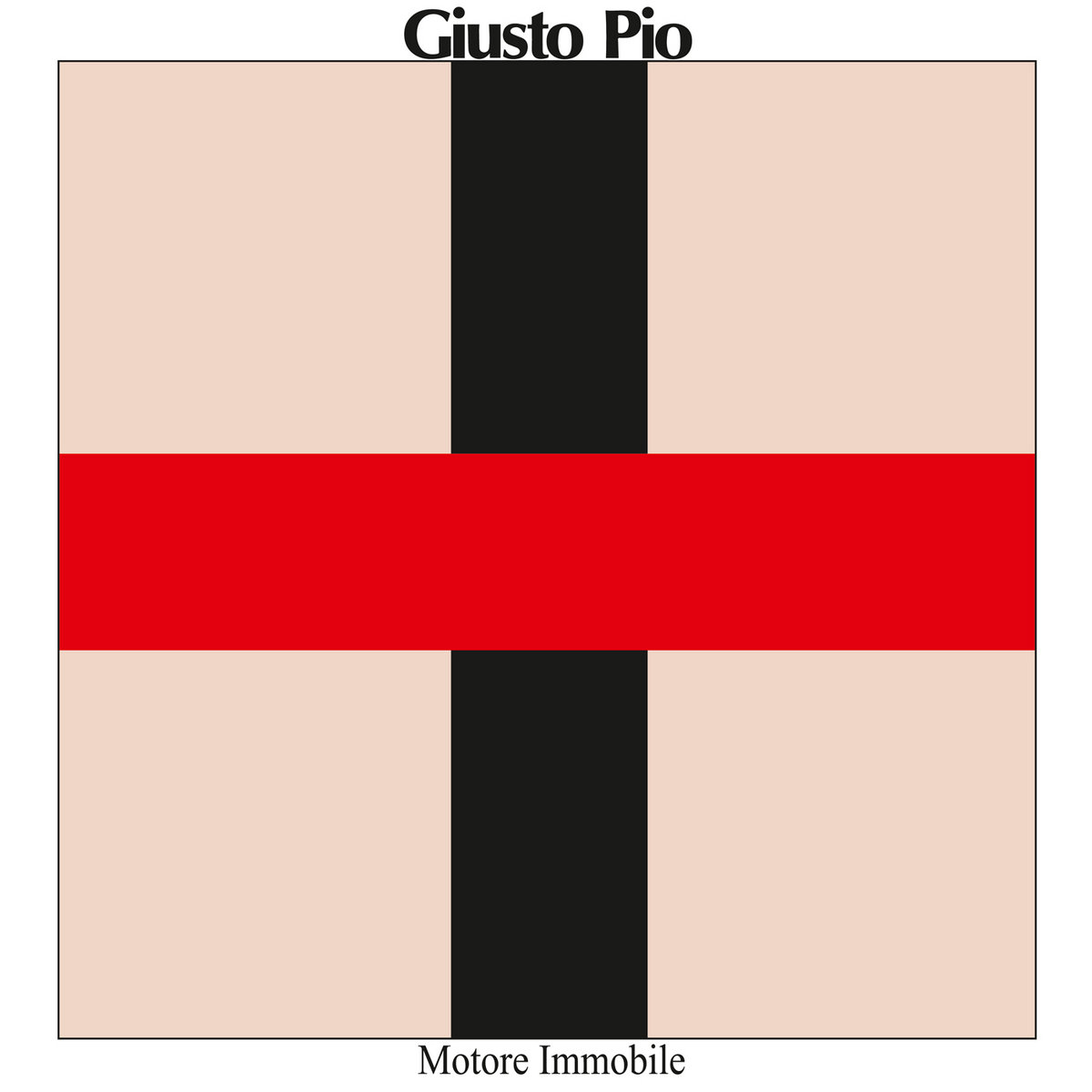
 I was a bit surprised to see this album getting the "10-year-anniversary deluxe vinyl reissue" treatment, as I did not remember it making a particularly big splash when it was first issued on Illegal Art back in 2011. Then again, I would be hard-pressed to think of any album in the "plunderphonics" milieu that has made a big splash in the last two decades, as existing in a legal gray area in a litigious world is not exactly optimal for promoting records. In any case, I missed this album the first time around because I mistakenly thought that I was already reasonably familiar with Vicki Bennett's work and found it charming, fun, and clever, but not quite something that destined to deeply move me or blow my mind. As it turns out, I was very wrong about that, as this album reaches some truly dazzling and remarkably poignant heights. While I do regret that I could have spent the last decade regularly enjoying this magnum opus, Welcome Abroad actually feels like a perfect album to experience for the first time in 2021, as it was recorded while Bennett found herself unexpectedly stranded in the US due to the Iceland volcano's impact on air travel. Consequently, Bennett was preoccupied with themes of "displacement" and "a longing for elsewhere," which are themes that feel especially universal and powerful in light of the last couple years. And, of course, there is no one better at transforming recontextualized fragments of pop culture ephemera into a life-affirming phantasia of mischievous joie de vivre than Vicki Bennett.
I was a bit surprised to see this album getting the "10-year-anniversary deluxe vinyl reissue" treatment, as I did not remember it making a particularly big splash when it was first issued on Illegal Art back in 2011. Then again, I would be hard-pressed to think of any album in the "plunderphonics" milieu that has made a big splash in the last two decades, as existing in a legal gray area in a litigious world is not exactly optimal for promoting records. In any case, I missed this album the first time around because I mistakenly thought that I was already reasonably familiar with Vicki Bennett's work and found it charming, fun, and clever, but not quite something that destined to deeply move me or blow my mind. As it turns out, I was very wrong about that, as this album reaches some truly dazzling and remarkably poignant heights. While I do regret that I could have spent the last decade regularly enjoying this magnum opus, Welcome Abroad actually feels like a perfect album to experience for the first time in 2021, as it was recorded while Bennett found herself unexpectedly stranded in the US due to the Iceland volcano's impact on air travel. Consequently, Bennett was preoccupied with themes of "displacement" and "a longing for elsewhere," which are themes that feel especially universal and powerful in light of the last couple years. And, of course, there is no one better at transforming recontextualized fragments of pop culture ephemera into a life-affirming phantasia of mischievous joie de vivre than Vicki Bennett.
